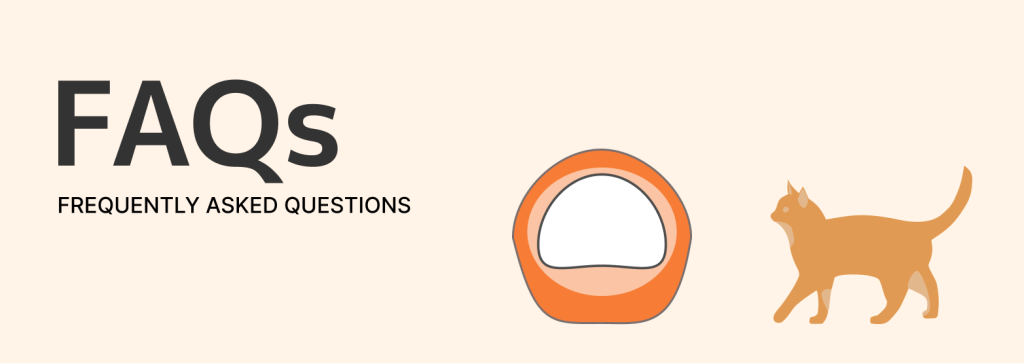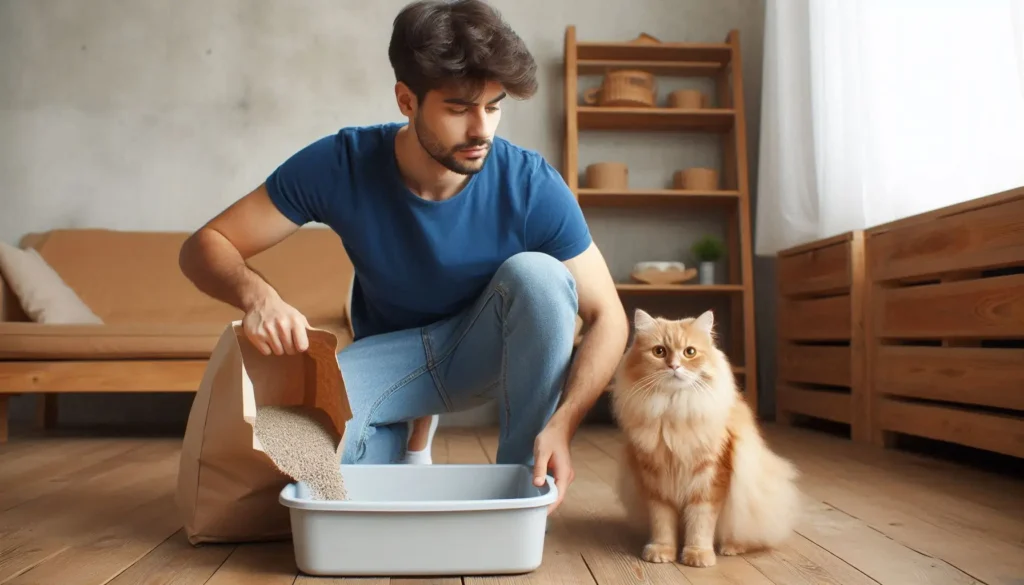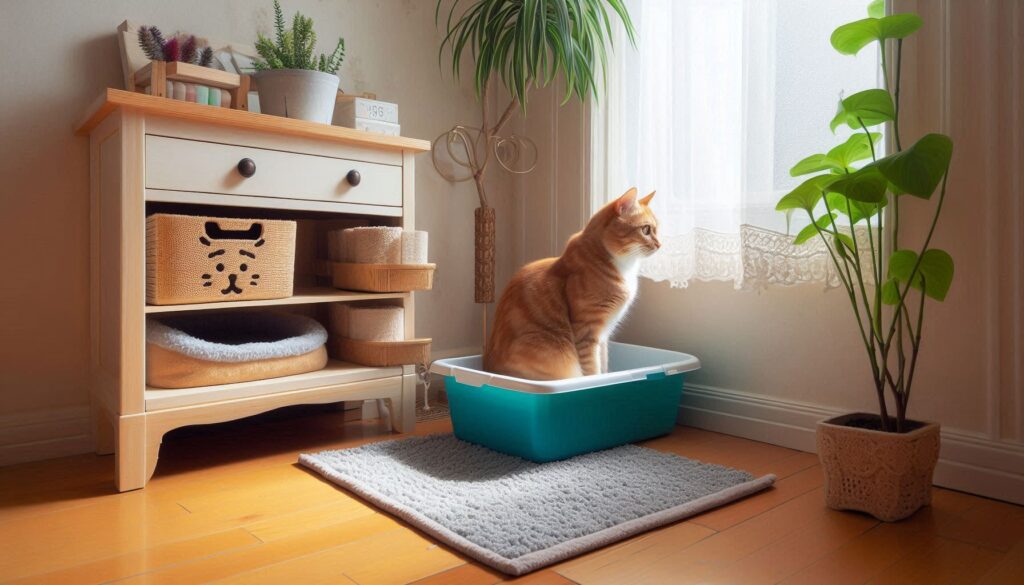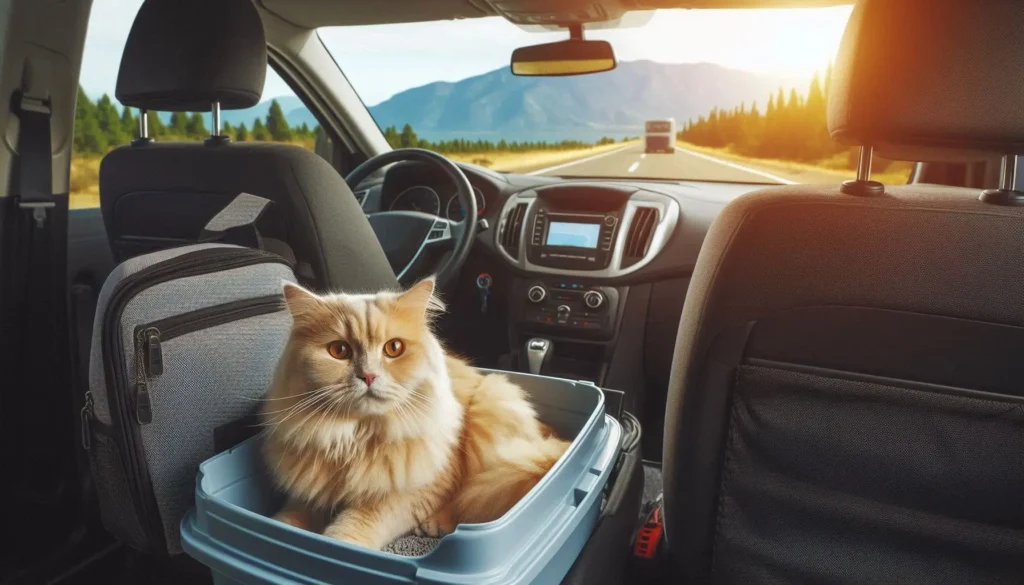How to Choose the Best Litter Box for Your Cat?
We independently research, review, and recommend the best products—If you buy something through our links, we may earn an affiliate commission.

How to Choose the Best Litter Box for Your Cat?
Ease of cleaning:
Litter boxes require a regular cleaning routine, so it’s crucial to choose one with a smooth interior and a surface coating that resists litter caking or buildup. The design should be seamless, without any gaps that might trap leftover litter. Also, the litter box should be easily accessible for convenient cleaning over time.
Cat-Friendliness:
The litter box should be paw-approved. The entry, in particular, must be spacious and inviting. Not to mention that there should be sufficient litter for cats to step on to make them feel at ease when using this litter box.
Reputation:
The longer a manufacturer has been in business, the better. It lends credibility to the company and reflects on the success of their products. A warranty is also something to think about, as is good customer service in case of problems with the packaging or component replacement.
Recurring payments:
Litter boxes typically have parts that need to be replaced on a regular basis. The most common ones are disposable filters and liners. Their longevity and cost can have an impact on your monthly spending over time.
What about automatic litter boxes?
In addition to the things one should inspect before picking a litter box, there are also some additional factors to take into consideration when it comes to automatic litter boxes.
Ease of cleaning:
The cleaning mechanism of the litter box should be able to filter the litter thoroughly in order to scrape through everything. We also check that there are no gaps within the design that might lead to cake buildup or liquid leaks.
Large waste drawer:
If you have multiple cats at home, you’ll prefer a large-capacity waste drawer (5 liters or higher) so you won’t have to change it twice a week. The waste drawer should also be sealed off with a filtration system in order to have an odor control feature.
Quality/Reliability:
If the litter box continues to crash every time our beautiful felines use it, what is the point other than to waste countless hours and money on repairs and troubleshooting? That is why we ensure that the product has a solid reliability background through good engineering and positive customer feedback.
conclusion
Overall, there is no perfect litter box that ticks all these boxes. The key is to set your priorities and pick a litter box that can meet most of them. One that will align with your requirements and, most importantly, make our little feline friend happy.

Frequently Asked Questions
According to the 2022 ISFM/AAFP Cat Friendly Veterinary Environment Guidelines published in the Journal of Feline Medicine and Surgery, the litter box should be 1.5 times the length of your cat from the nose to the tip of the tail. Whereas the width should be equivalent to your cat’s length, the tail is not included. A cat that is about 18 inches long needs a litter box that measures 27” long by 18″ wide. A litter box that most likely doesn’t exist out there. That is why it is best to select the largest and nicest litter box for your beloved cats.
It is recommended that you use a maximum of 2 inches to 4 inches of litter in your litter box. If there are numerous cats using the litter box, you’ll need 3 to 4 inches of litter to absorb all that urine and clump around.
In fact, anything less than 2 inches will cause unpleasant odors to develop as well as a high probability of inappropriate elimination. On the other hand, too much litter will lead to a mess since most cats will simply kick it outside.
Research was conducted and published in the Journal of Feline Medicine and Surgery regarding this subject. The results showed that out of 28 different cats, 4 showed a preference for covered litter boxes and 4 for open litter boxes. The rest of the cats were happy to use any type of box they provided as long as it was well-cleaned.
This only shows that our cats have unique preferences, and only by getting to know them will we be able to fulfill their needs in the best way possible.



